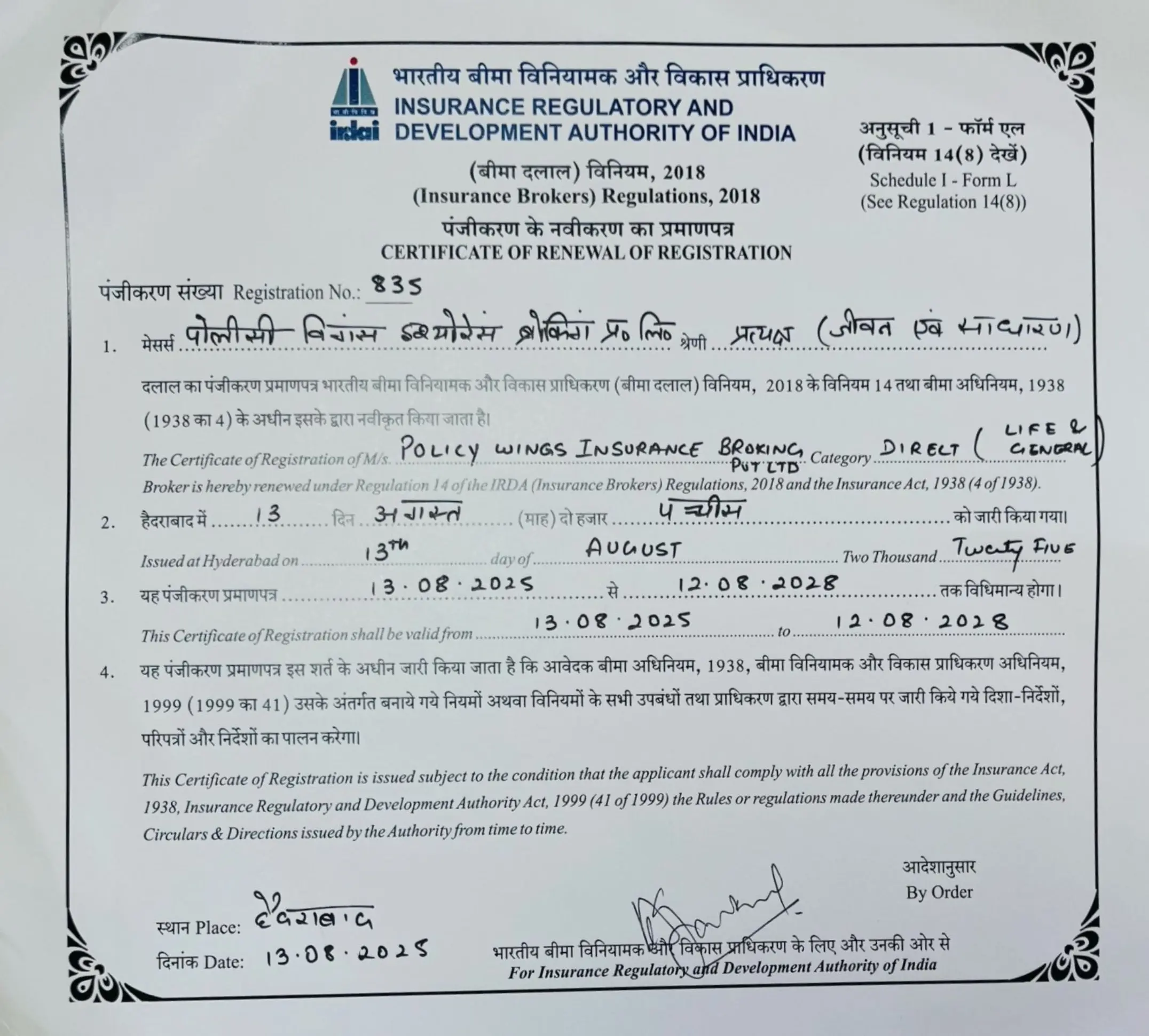Term Insurance vs Traditional Life Insurance: Which Is Better?
Introduction In India’s insurance market today, people often ask, “Which is better: term insurance or traditional life insurance?” Picking the right choice is important. This article looks at both options by comparing key factors like cost, purpose, flexibility, tax benefits, and real-life examples from IRDAI reports, industry studies, and recent news. What Are These Two Plans? Term Insurance Term insurance is a basic protection product that pays a death benefit if the individual who is covered by it passes away during a certain time frame (e.g., 10 to 40 years). Return-of-Premium (ROP) plans are costlier and typically give lesser returns than putting the premium difference separately in market-related choices like mutual funds. Traditional Life Insurance Also referred to as whole life, endowment, or saving-linked traditional plans, these policies combine life protection with savings or investments. They also offer a death benefit, as well as a maturity benefit if the individual is still alive after the term. They can also pay bonuses or cash value that may be accessed or borrowed against. Premium Comparison Term plans are typically 5-10 times lower in cost than conventional policies for the same sum assured, based on age and insurer, as they are protection-oriented. A ₹1 crore cover, for instance, would cost a 30-year-old ₹7,000 a year, compared with a comparable conventional plan that could be ₹25,000 a year. Sum Assured Offered Term insurance provides high coverage at low cost, which suits families requiring high financial protection. Typical plans provide lower coverage as they are more expensive with a savings feature. Benefits Beyond Well-being Term Insurance – Death benefit only (except ROP variants). – No maturity benefit or cash value. – Policy terminates without payment if you outlive the term (except ROP). Traditional Plans – Offer death benefit, maturity benefit, and bonuses. – Build cash value over a period of time, which can be borrowed or surrendered. – Paid-up/surrender value is provided if premiums are discontinued after a minimum duration of 2-3 years according to Insurance Regulatory and Development Authority (IRDAI) guidelines. Policies surrendered within this time can lapse without benefit. Flexibility & Simplicity Term Insurance – Extremely simple with negligible fine print. – Optional riders (waiver of premium, accidental death, critical illness) can be included at a minimal additional cost. – Flexible payout options (monthly income or lump sum) and coverage to age 99 are provided in some policies. Traditional Life Insurance – More intricate product design with bonus, loyalty additions, and investment elements. – Less flexible with penalty, surrender charge, or forfeiture of bonus if terminated prematurely. Tax Benefits under the Indian Law Both term and traditional policies are eligible for deductions in the Income Tax Act, 1961, under Section 80C (up to ₹1,50,000 annually) and tax-free death benefits under Section 10(10D). In the new tax regime (from FY 2023-24 onwards), deductions under Section 80C are not permitted. Also, premiums paid for life insurance attract Goods and Services Tax (GST) between 4.5% and 18%, depending on the product nature and premium payment mode. This will marginally impact the total cost of ownership. Claim Settlement Ratios (CSR) IRDAI cites a claim settlement ratio of approximately 98% for life insurers during FY 2022-23. LIC had a CSR of 98.52%, whereas private insurers collectively had a CSR of 98.02%, as stated in the IRDAI Annual Report 2023-24. Conclusion Though term insurance surpasses in being cheap, offering a lot of coverage, being easy, and being flexible; traditional life insurance is worth it for those wanting a savings cum protection product. For the average working population, particularly for young income earners, term insurance and individual investments (SIPs, mutual funds, PPF, etc.) usually prove to be the wiser option for goals. First, define your financial goals: is it protection, investment, or both? This clarity will help you decide which plan fits you best.
Term Insurance vs Traditional Life Insurance: Which Is Better? Read More »


